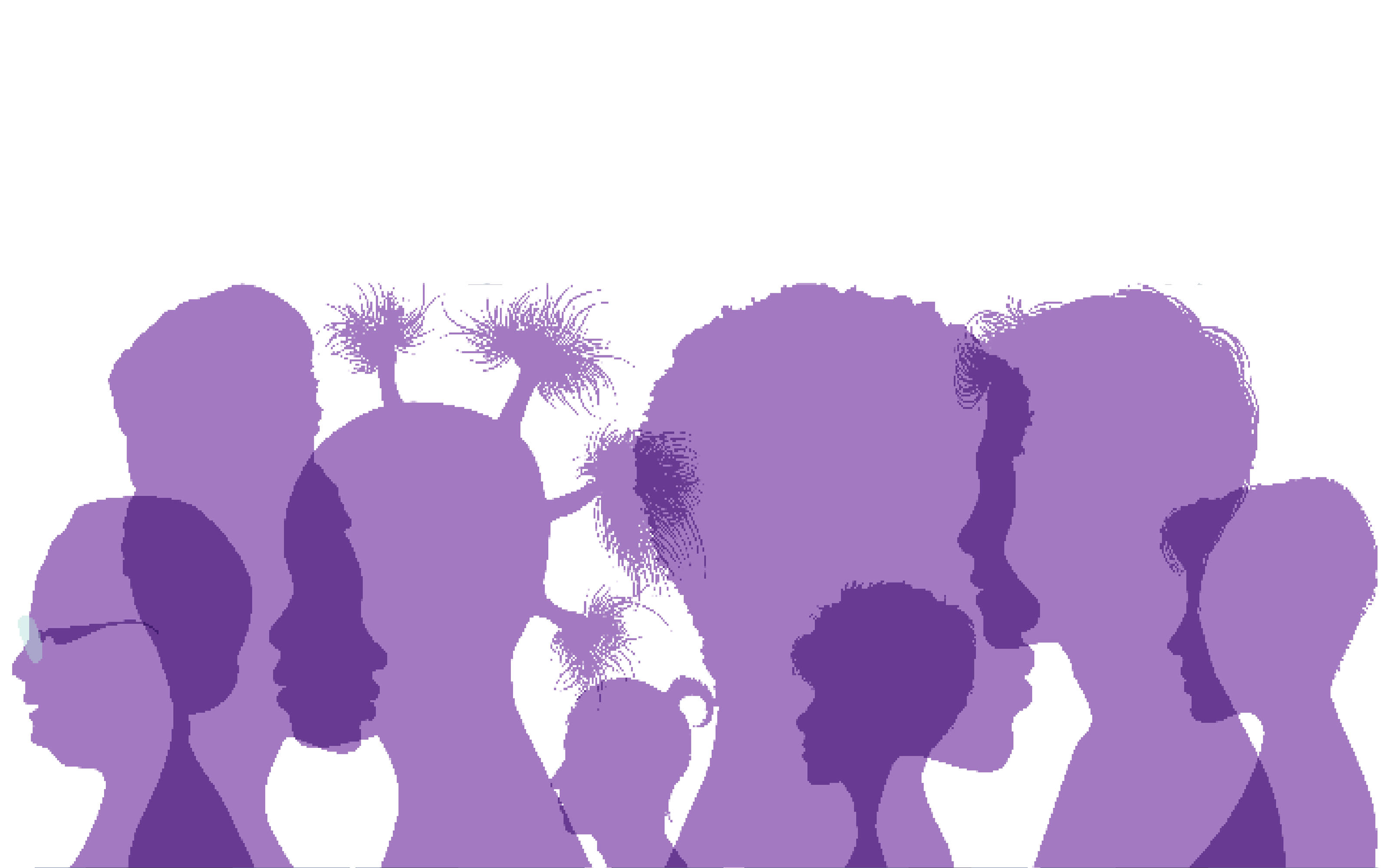What did you do to create inclusive practice and how did you do it?
Inspired by Universal Design principles, which emphasise the need for systems to accommodate people rather than the other way around, I carefully reviewed all Kings Inclusion Plans for the students on our programme to identify needs that occurred more than once. I then used this information as well as my learning derived from other relevant inclusive teaching resources to draft our programme’s inclusive teaching practice strategy. This strategy covers all the actions we take at King’s in order to make our learning community as inclusive as possible, including general commitments to how we interact with one another (e.g., sharing pronouns, how to pronounce our names, etc.); commitments related to materials (e.g., accessibility, how and when we share information, workload calculations, etc.); logistics (e.g., how we deal with short-notice changes); teaching (e.g., we do not force participation, we do not single out students, we allow students to rest/eat/drink, etc.); assessment (e.g., we moderate for feedback clarity); and online learning (e.g., allowing flexibility in how students participate). This has substantially reduced the need for teaching staff to be aware of individual students’ King’s Inclusion Plans, which ensures students’ privacy and also makes things less complicated for our staff. I now only communicate the needs of very few students to our teaching staff, where needs need to be met in a very particular way.
Why did you implement your example of inclusive practice?
This approach was essential to meet the needs of all students but in particular those who may not be aware of their needs yet. It is also more sustainable as it is impossible for staff to be aware of all individual needs in a programme with 800 students.
What was the impact of your case study?
Informal: we have had a lot less queries about how to cater to students’ needs since implementing the strategy and related training – it does seem to help both students and staff.
What were the lessons learned?
I wish I had done this sooner and it definitely needs one person to take charge of it because it requires someone to keep a holistic overview of a dynamic situation.
